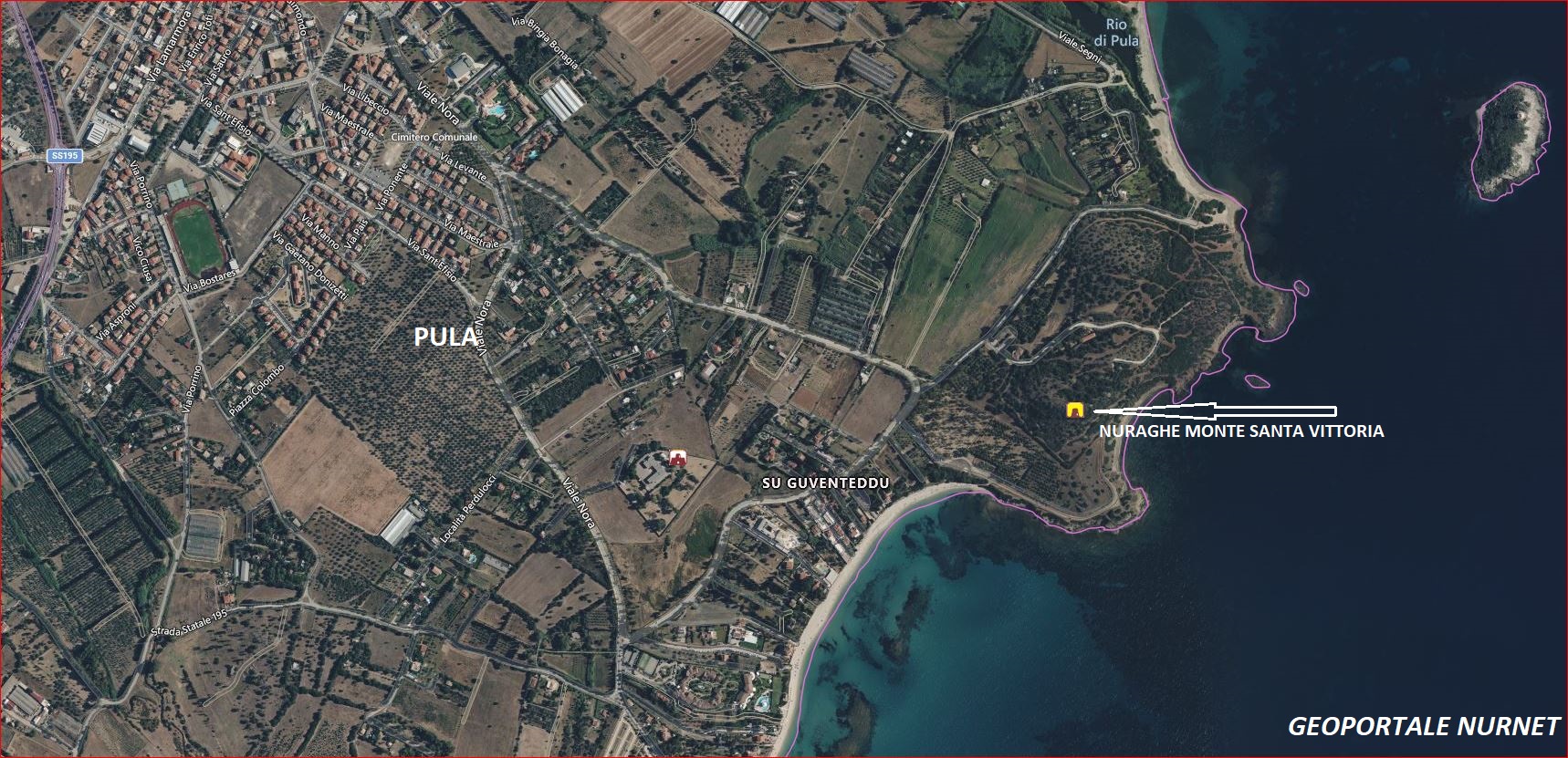The function of the nuraghi is a widely debated topic. Paradoxically, in modern times, some of them have undergone a use (or rather a violation) that could be described, to be gentle, as anomalous or “alternative.”
This confirms the little interest that these extraordinary monuments of a distant past have received until recently.
An emblematic case is that of the (probable) nuraghe Monte Santa Vittoria di Pula, here in the photos by Marco Cocco and Antonello Gregorini and in the description taken fromwww.pula.it“The Nuraghe Monte Santa Vittoria is located along the coast a short distance from Pula. During World War II, it was incorporated into the monumental Batteria Boggio. On the exterior, a large nuragic wall remains. The rest is inaccessible until the redevelopment and restoration project of the Parco Monte Santa Vittoria and the Batterie Boggio is realized.
From it, there was control up to the nuraghi of Sarroch and Perde Sali to the north, and up to Cala d’Ostia to the south, and, of course, over the sea and the lagoon. This defensive outpost was equipped with 4 cannons and was tasked with monitoring British naval movements between Gibraltar and Malta. For this reason, the Cagliari defensive system, organized by the Regia Marina in the mid-1930s, included an extensive network of lookout stations and 12 fixed-position batteries divided into three operational groups.”












